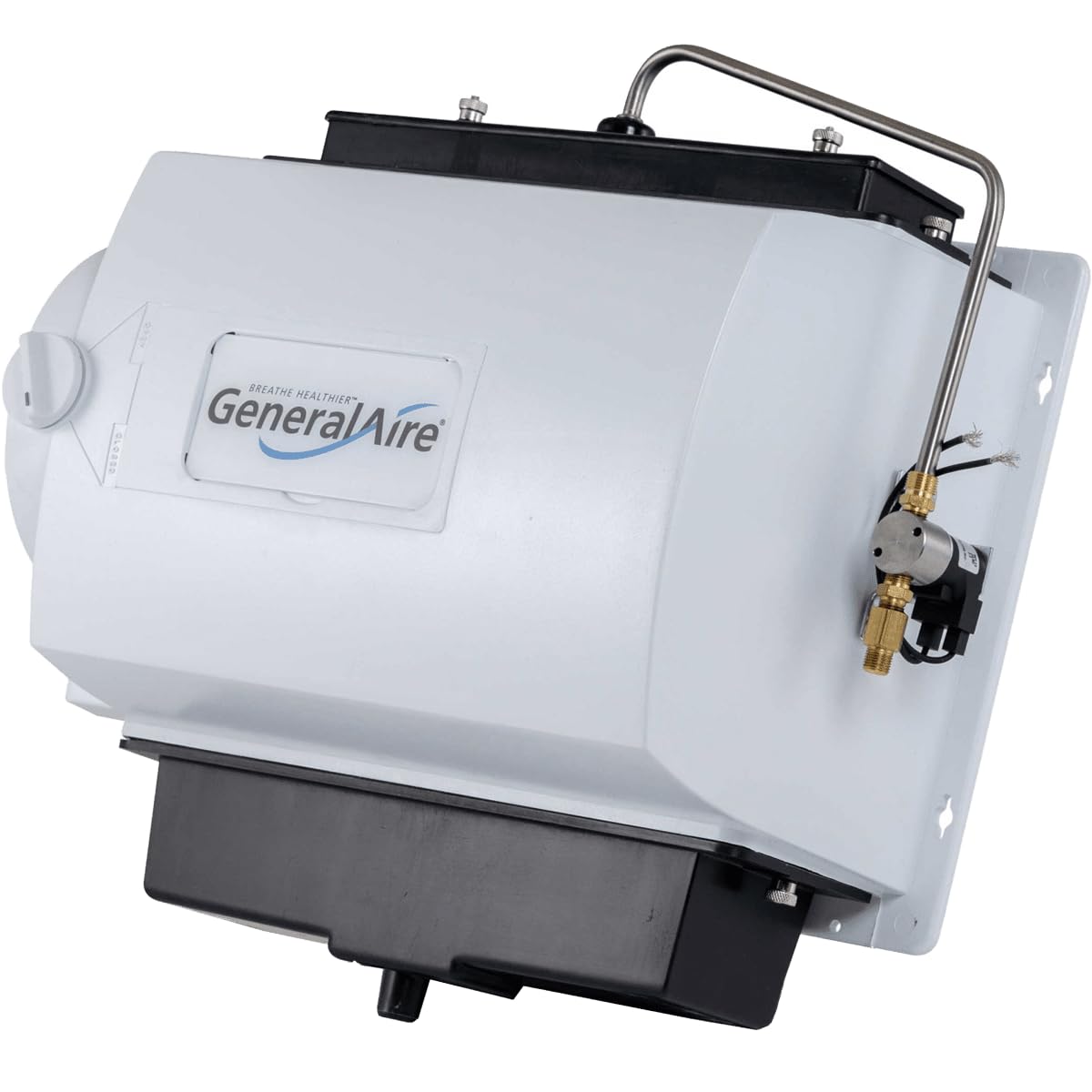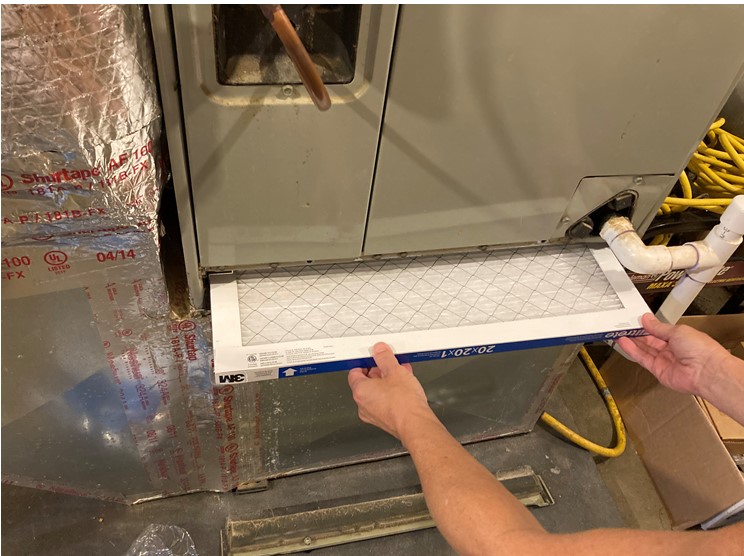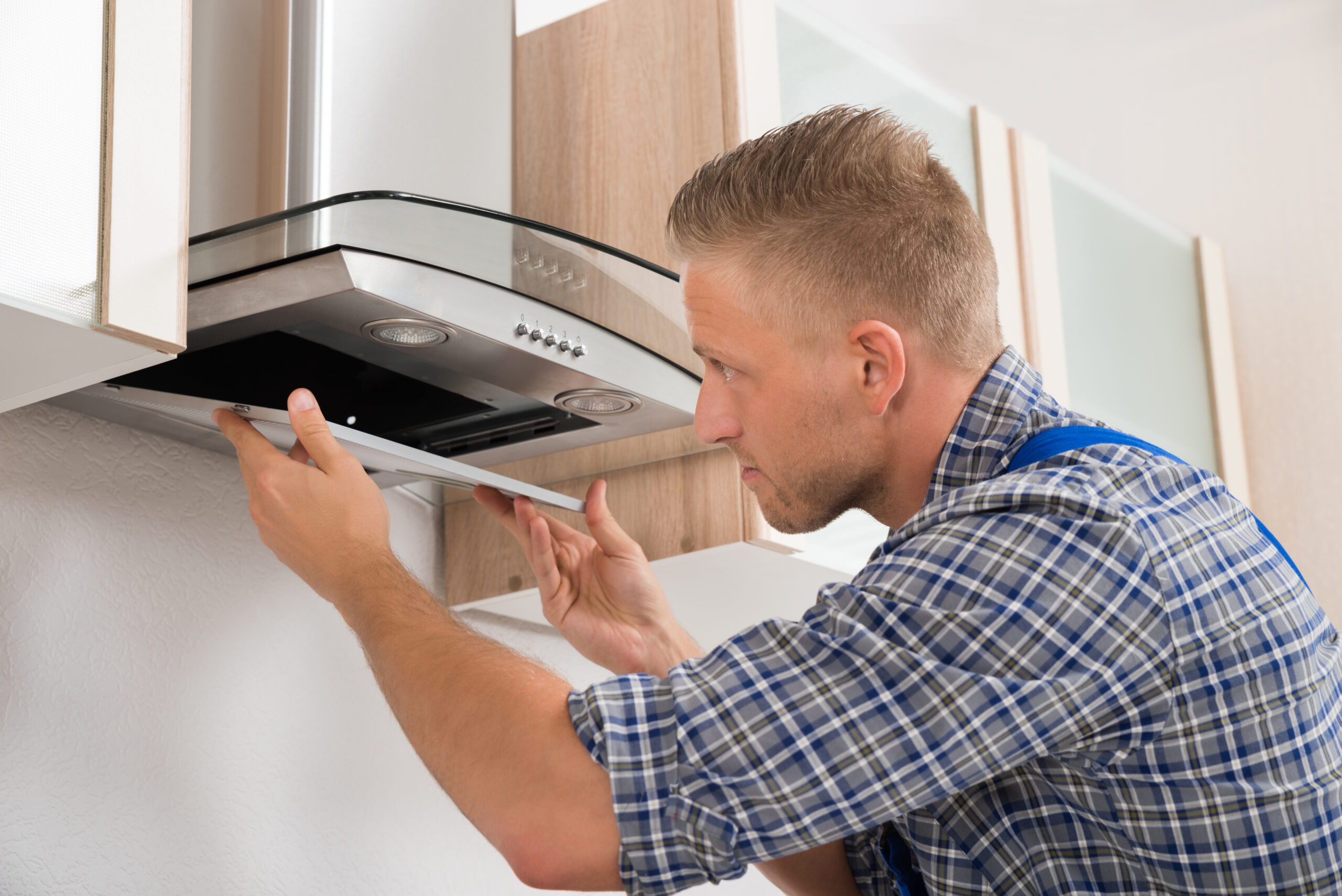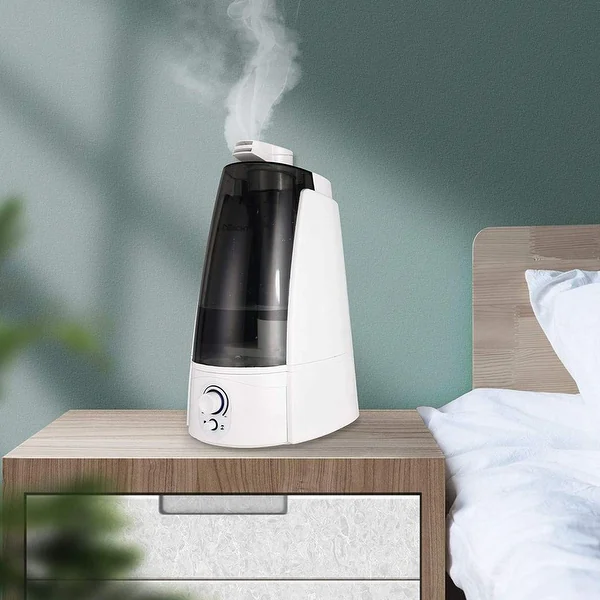How to Maintain Your Home’s Humidity Levels with Your HVAC System

Managing humidity in your home is crucial for comfort, health, and protecting your property. Too much humidity can lead to mold growth and musty odors, while too little can cause dry skin, irritated respiratory systems, and cracked wooden furniture. Your HVAC system can help you strike the perfect balance, creating a more comfortable and healthy indoor environment.
Why Humidity Levels Matter
Before diving into maintenance tips, it’s important to understand why humidity balance is essential.

Comfort: Proper humidity levels help prevent feeling too sticky during summer or too dry in winter.
Health: Excessive humidity can encourage mold, bacteria, and dust mites, while low humidity may aggravate allergies, asthma, and dry skin.
Home Protection: High humidity can warp wood and cause peeling paint, while low humidity can crack furniture and hardwood floors.
The recommended indoor humidity level is generally between 30–50%. In Iowa, where summers can be humid and winters dry, maintaining proper humidity is especially important.
Using Your HVAC System to Maintain Humidity Levels
Install a Whole-House Humidifier or Dehumidifier
Your HVAC system can be equipped with devices to control indoor humidity effectively:
Whole-House Humidifier: Ideal for dry winter months, it adds moisture to the air as your furnace heats your home.

Whole-House Dehumidifier: Perfect for humid summers, it removes excess moisture, making your home feel cooler and more comfortable.

These systems integrate seamlessly with your HVAC, providing consistent humidity control throughout your home.
Utilize Your Thermostat
Modern thermostats often include humidity controls, allowing you to monitor and adjust levels easily. Check your thermostat settings regularly to ensure your HVAC is operating efficiently for humidity control.
Smart Thermostats: Advanced models can automatically adjust your HVAC settings based on indoor humidity readings.

Maintain Proper Airflow
Proper airflow is key to regulating humidity. Without it, excess moisture or dryness can build up in certain areas.
Keep Vents Unobstructed: Ensure that vents and registers are open and free of blockages like furniture or curtains.
Use Ceiling Fans: Fans help circulate air, promoting even humidity levels throughout your home.
Change HVAC Filters Regularly
Clogged air filters reduce airflow and make it harder for your HVAC system to regulate humidity.

- Replace filters every 1–3 months or as recommended by your manufacturer.
- Consider using high-efficiency filters to improve air quality and moisture balance.
Reduce Indoor Moisture Sources
Your lifestyle and home activities can also contribute to excess humidity.

Ventilate Properly: Use exhaust fans in kitchens and bathrooms to remove moisture during cooking and showering.
Fix Leaks: Check for plumbing leaks or roof issues that may introduce excess moisture into your home.
Dry Laundry Outdoors: Whenever possible, avoid hanging wet clothes indoors.
Seasonal Maintenance Tips
In Summer

Use Dehumidifiers: If your home feels sticky, a dehumidifier can help remove excess moisture from the air.
Service Your A/C: Ensure your air conditioner is functioning properly, as it naturally dehumidifies the air while cooling.
In Winter

Run a Humidifier: Dry air is common during Iowa winters, so a humidifier can help prevent discomfort and protect wooden furniture.
Seal Drafts: Prevent outdoor air from affecting humidity levels by sealing windows and doors.
Benefits of Maintaining Proper Humidity Levels
- Lower Energy Costs: A well-balanced humidity level can make your home feel cooler in summer and warmer in winter, reducing your reliance on heating and cooling systems.
- Improved Health: Balanced air moisture reduces respiratory issues and allergy symptoms.
- Increased HVAC Lifespan: Proper airflow and humidity prevent strain on your HVAC system, reducing wear and tear.
Final Thoughts
Your HVAC system is a powerful tool for maintaining ideal humidity levels in your home, especially in Cedar Rapids, where humidity shifts dramatically throughout the year. By taking steps to add or remove moisture as needed and performing regular maintenance, you can ensure a comfortable, healthy, and energy-efficient living environment no matter the season

